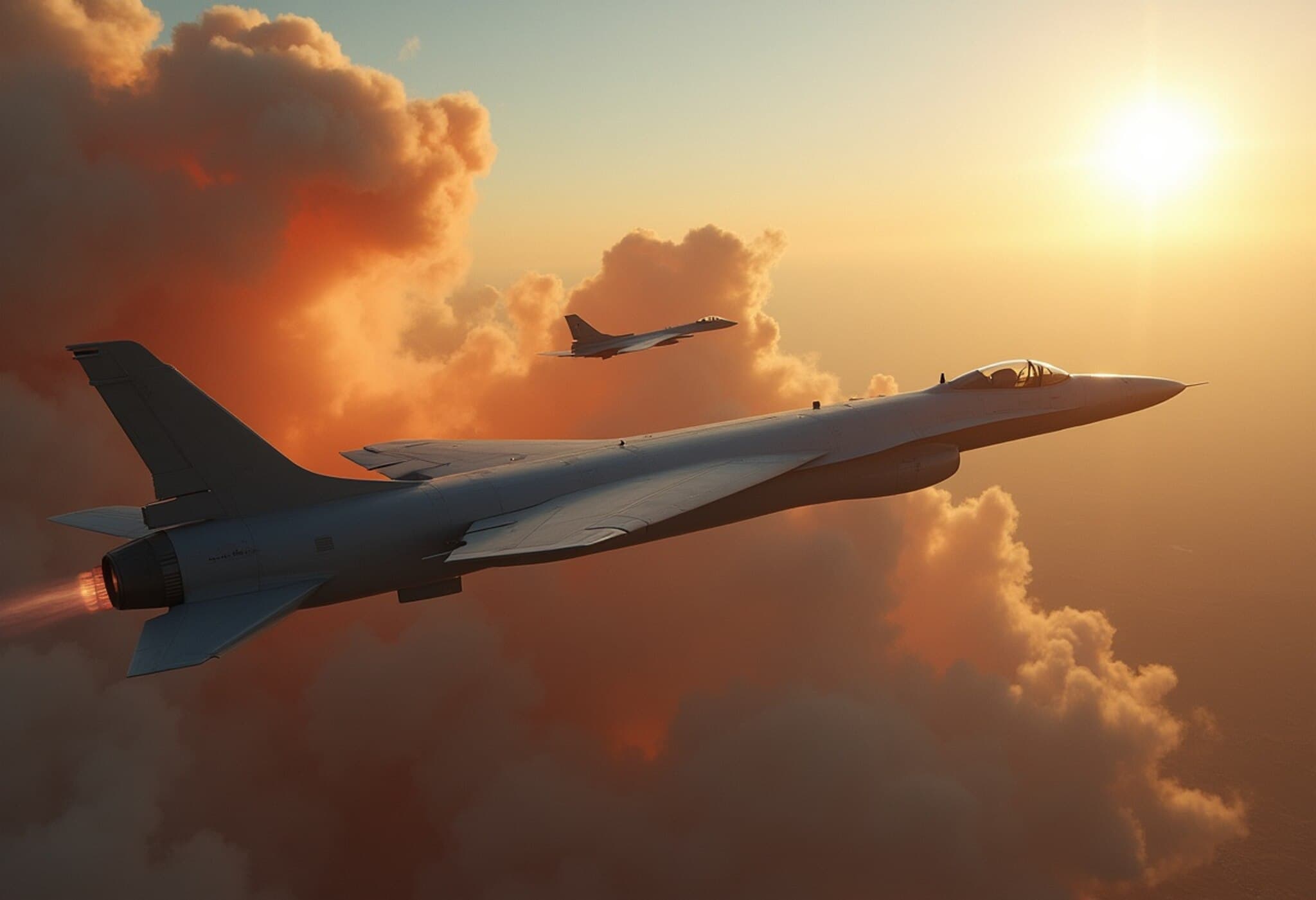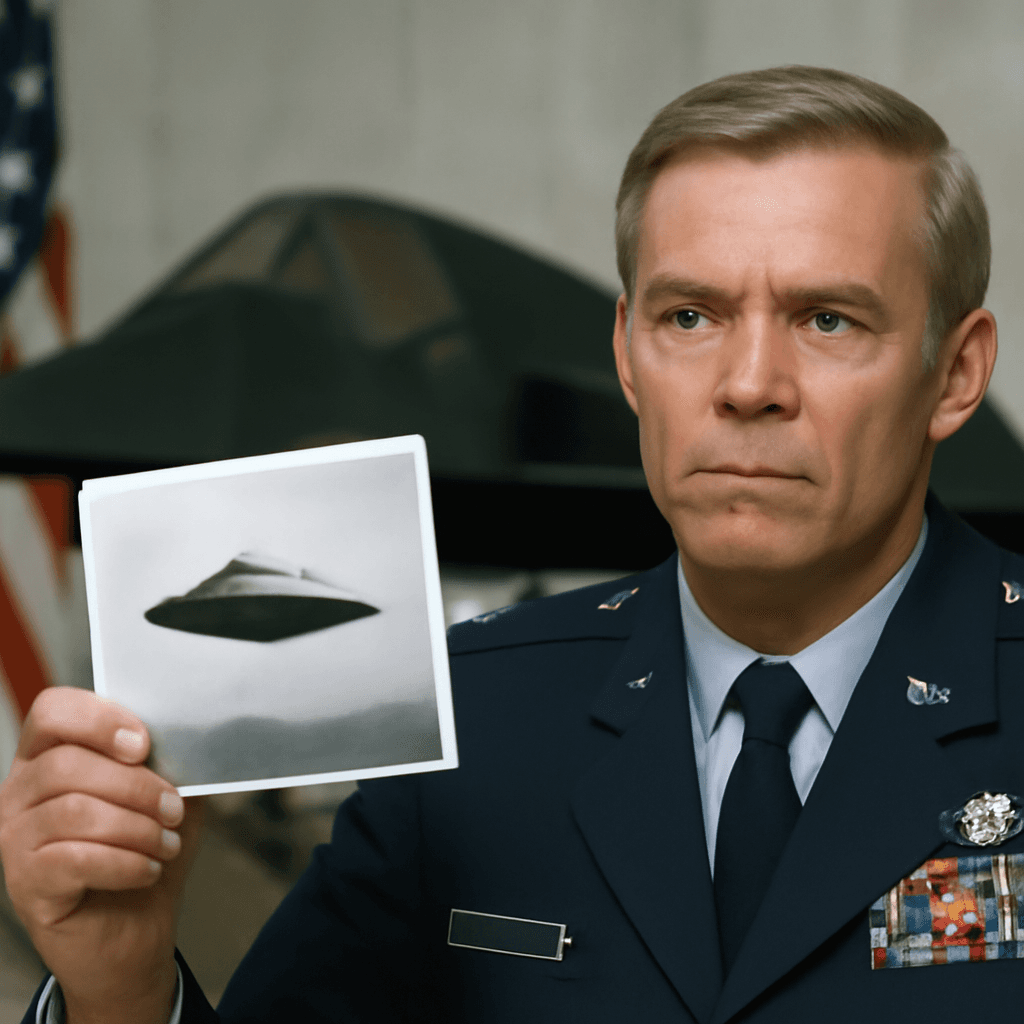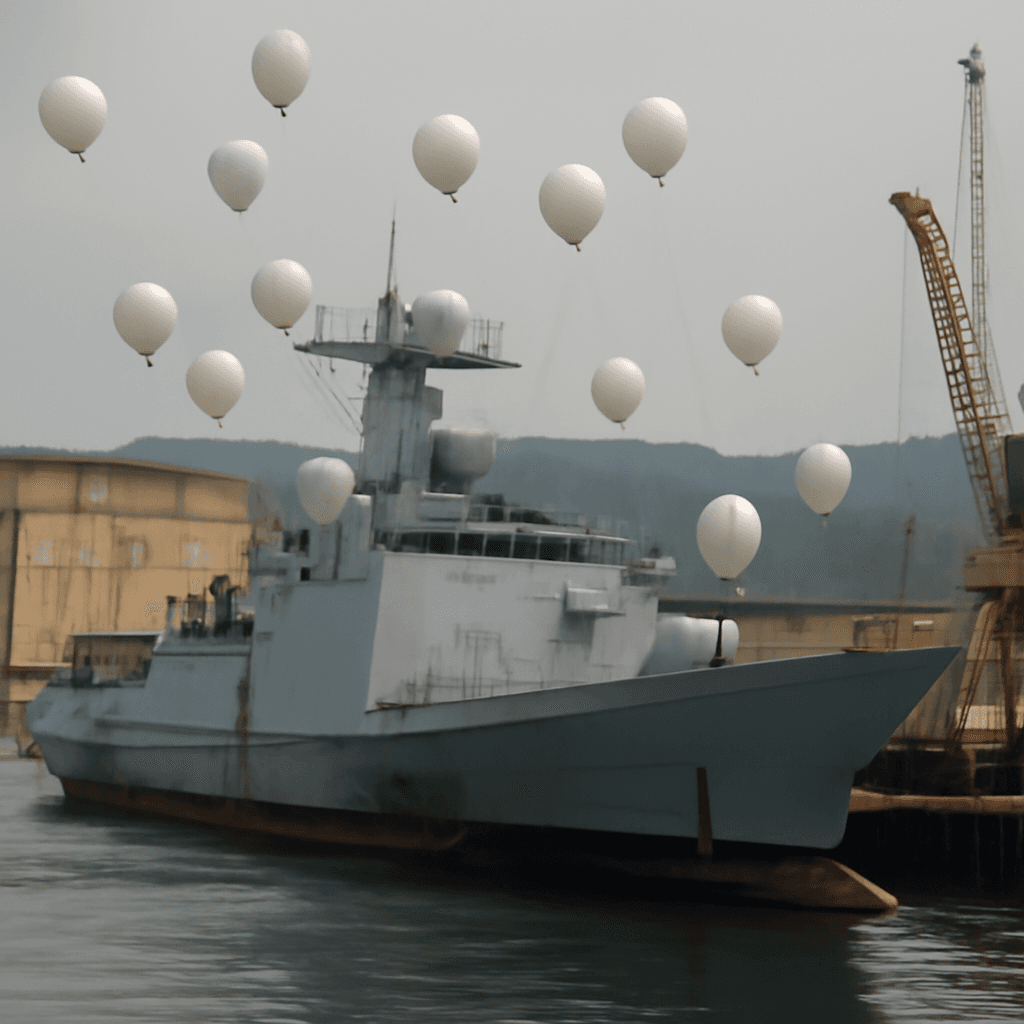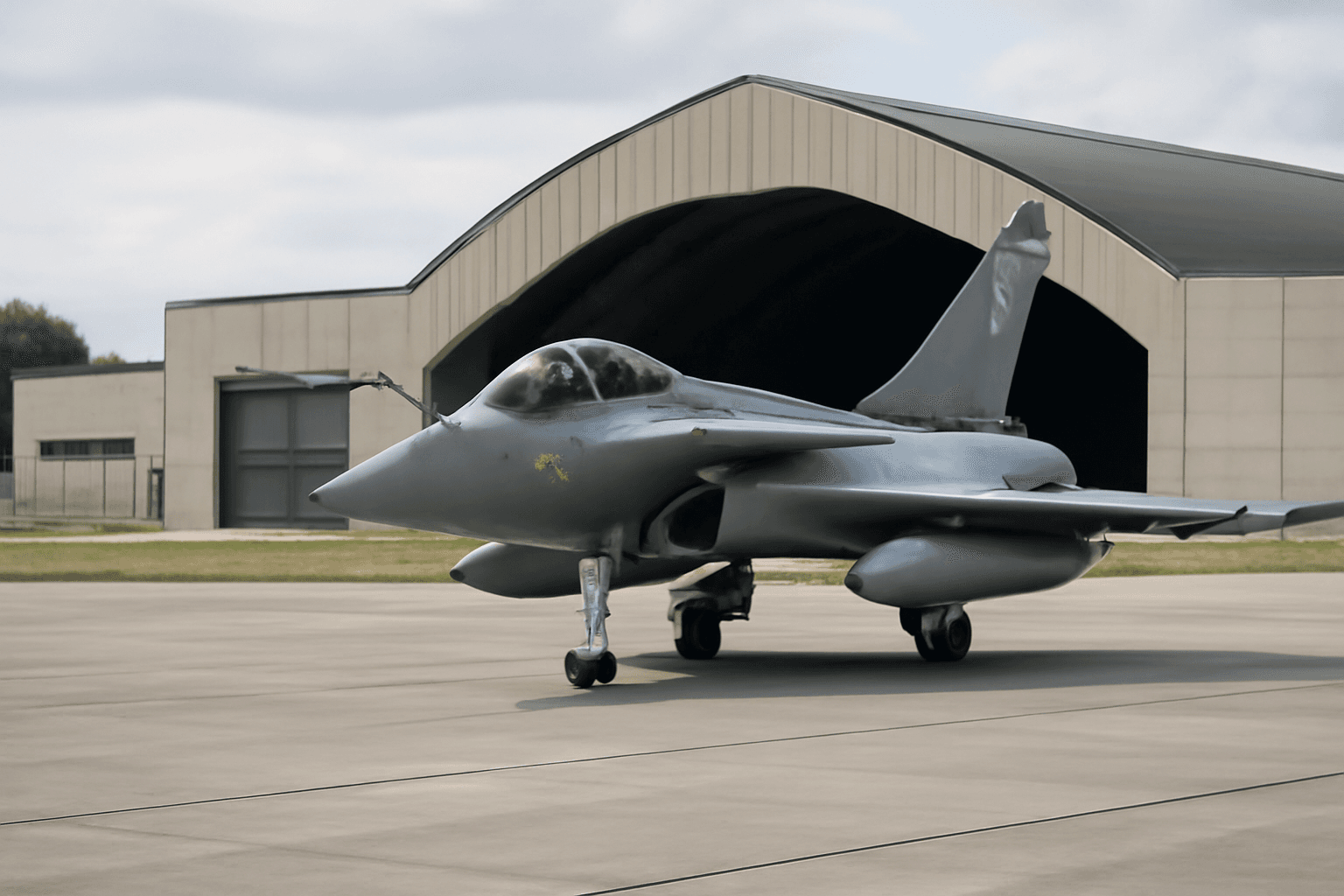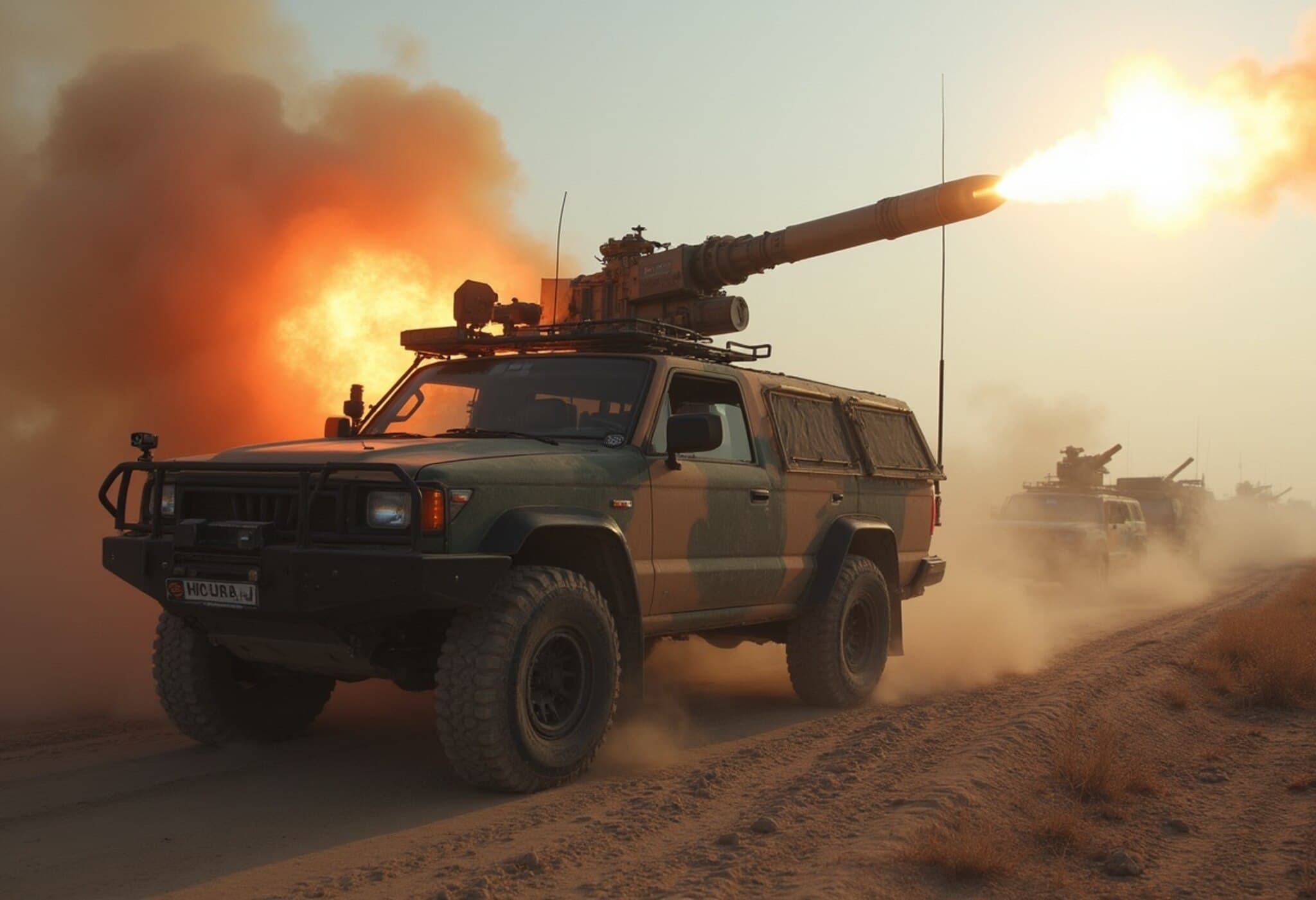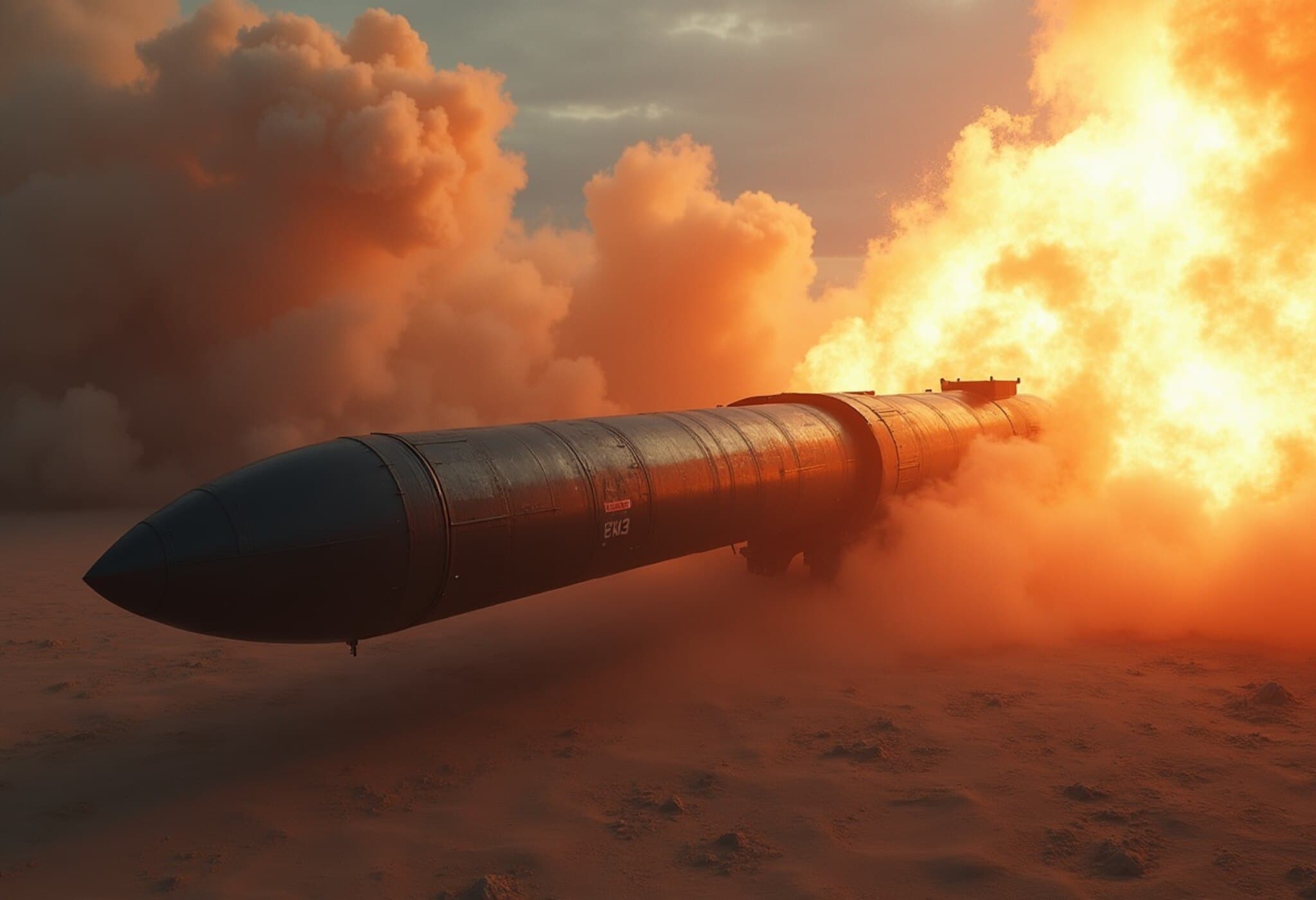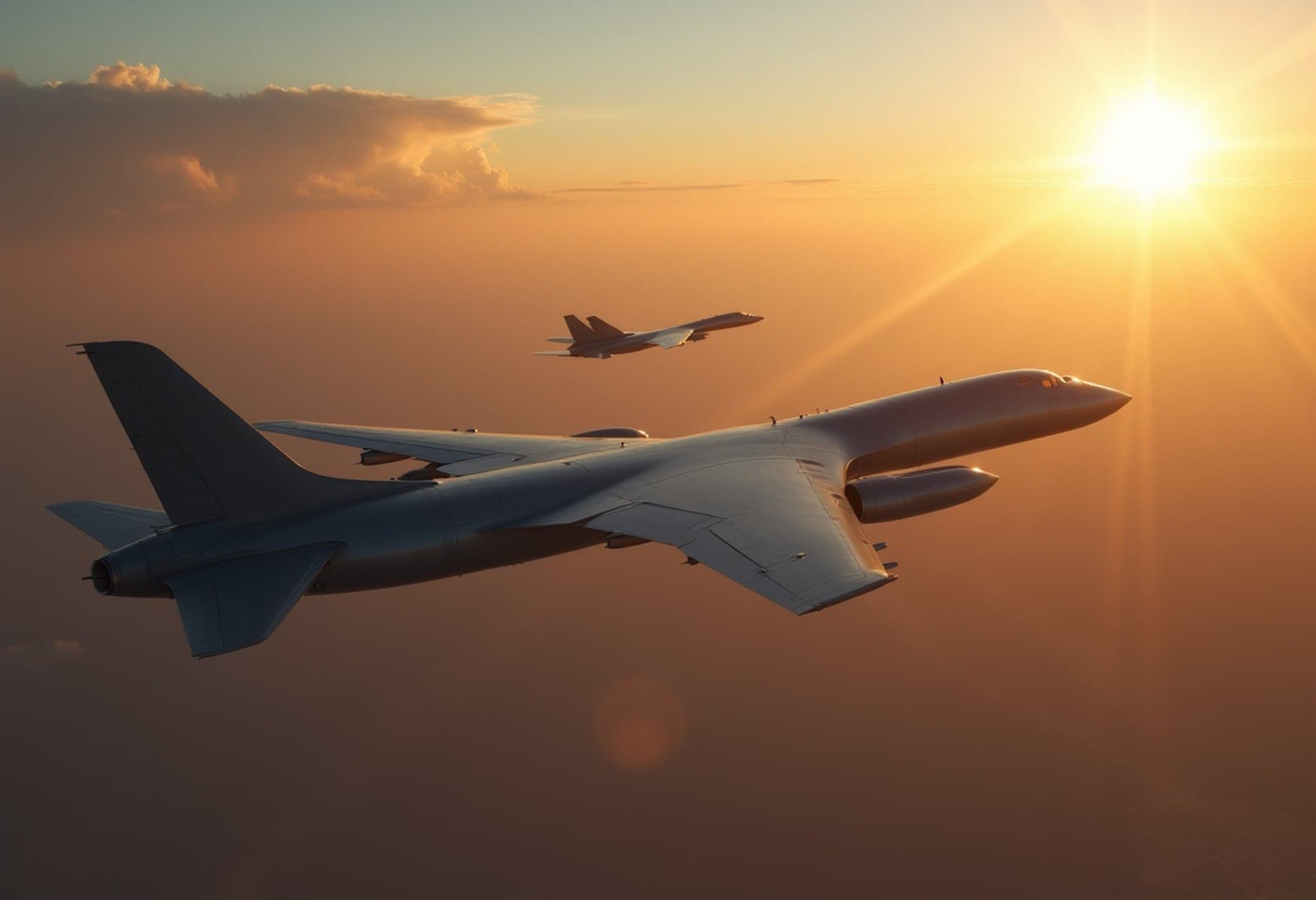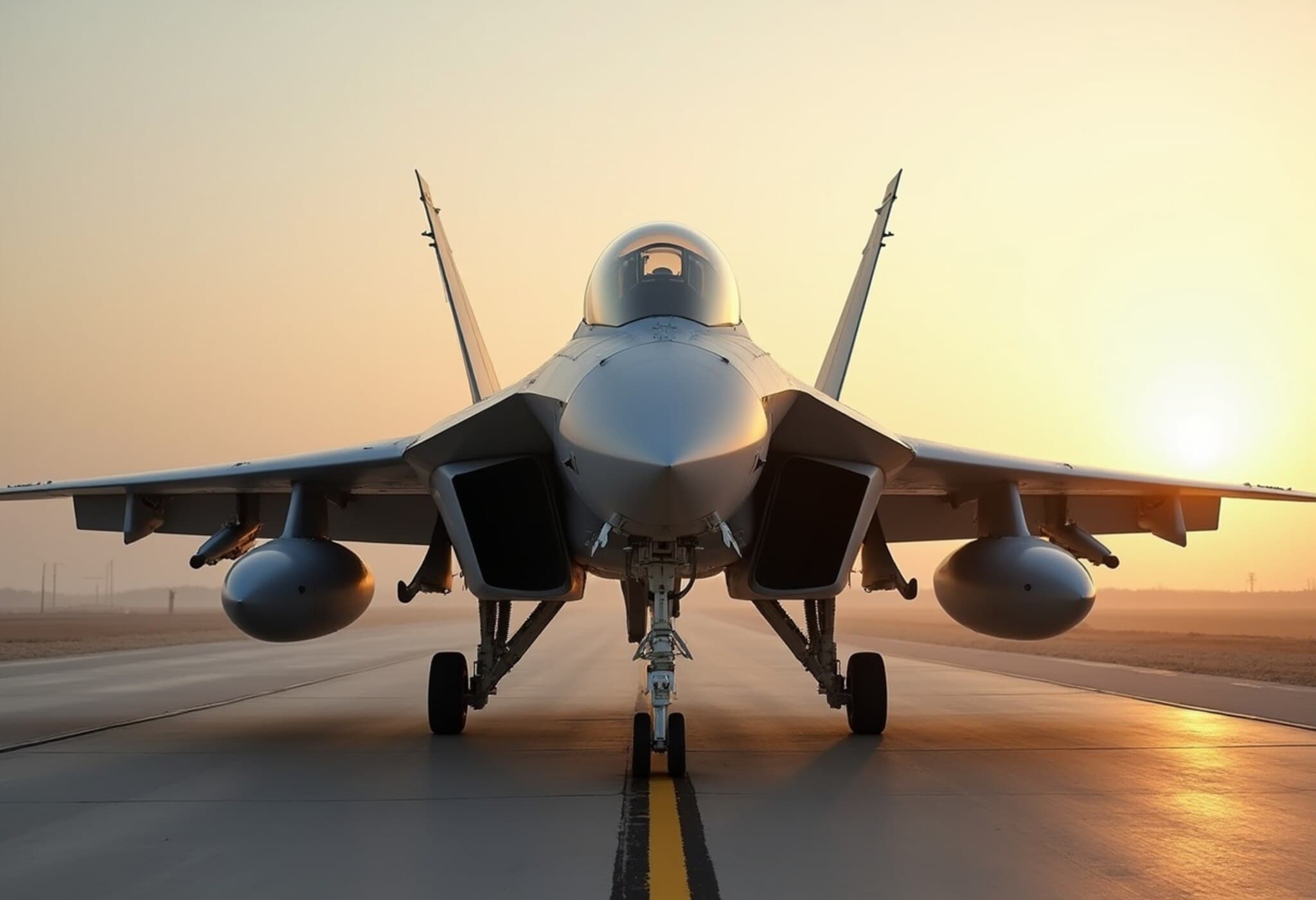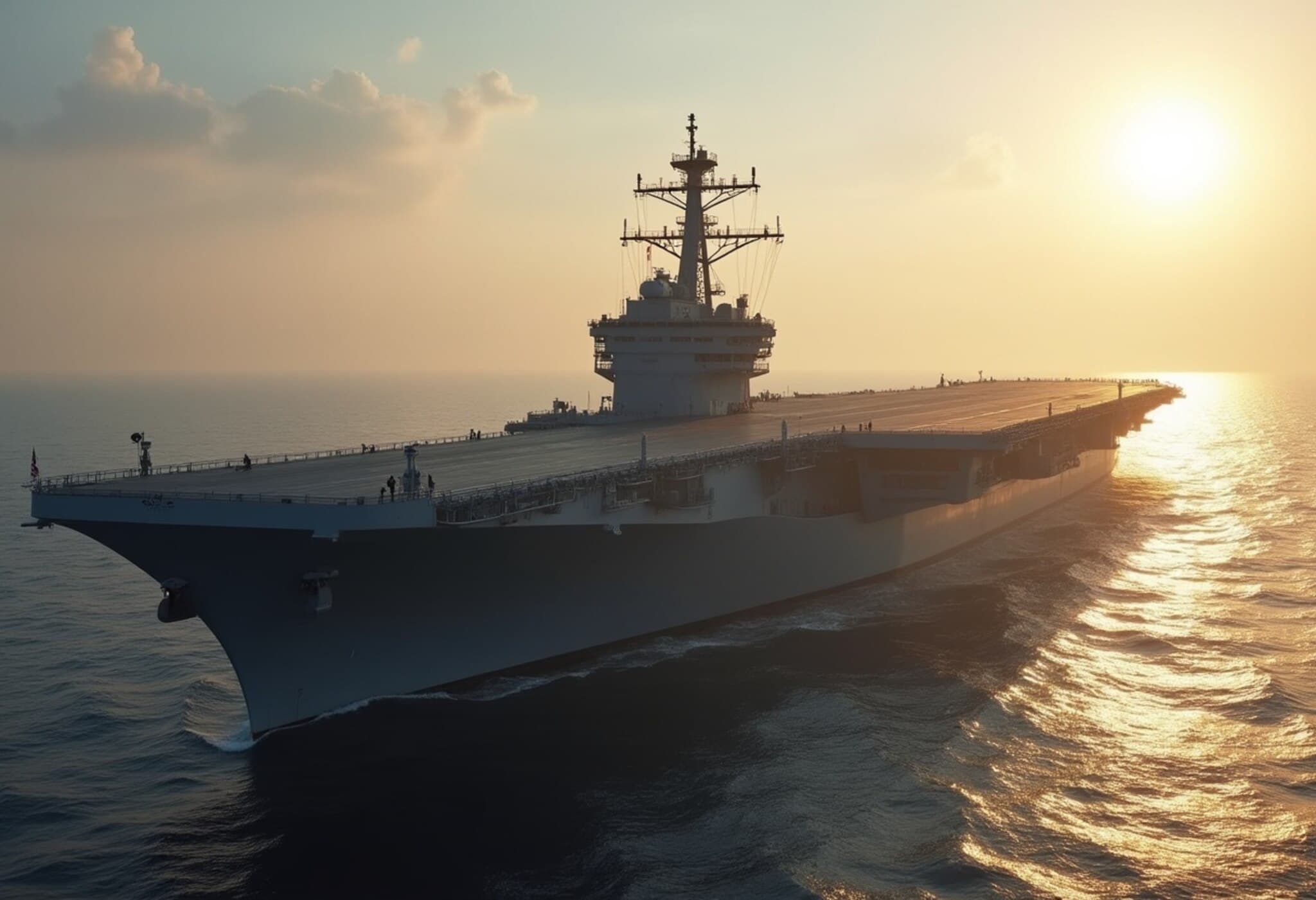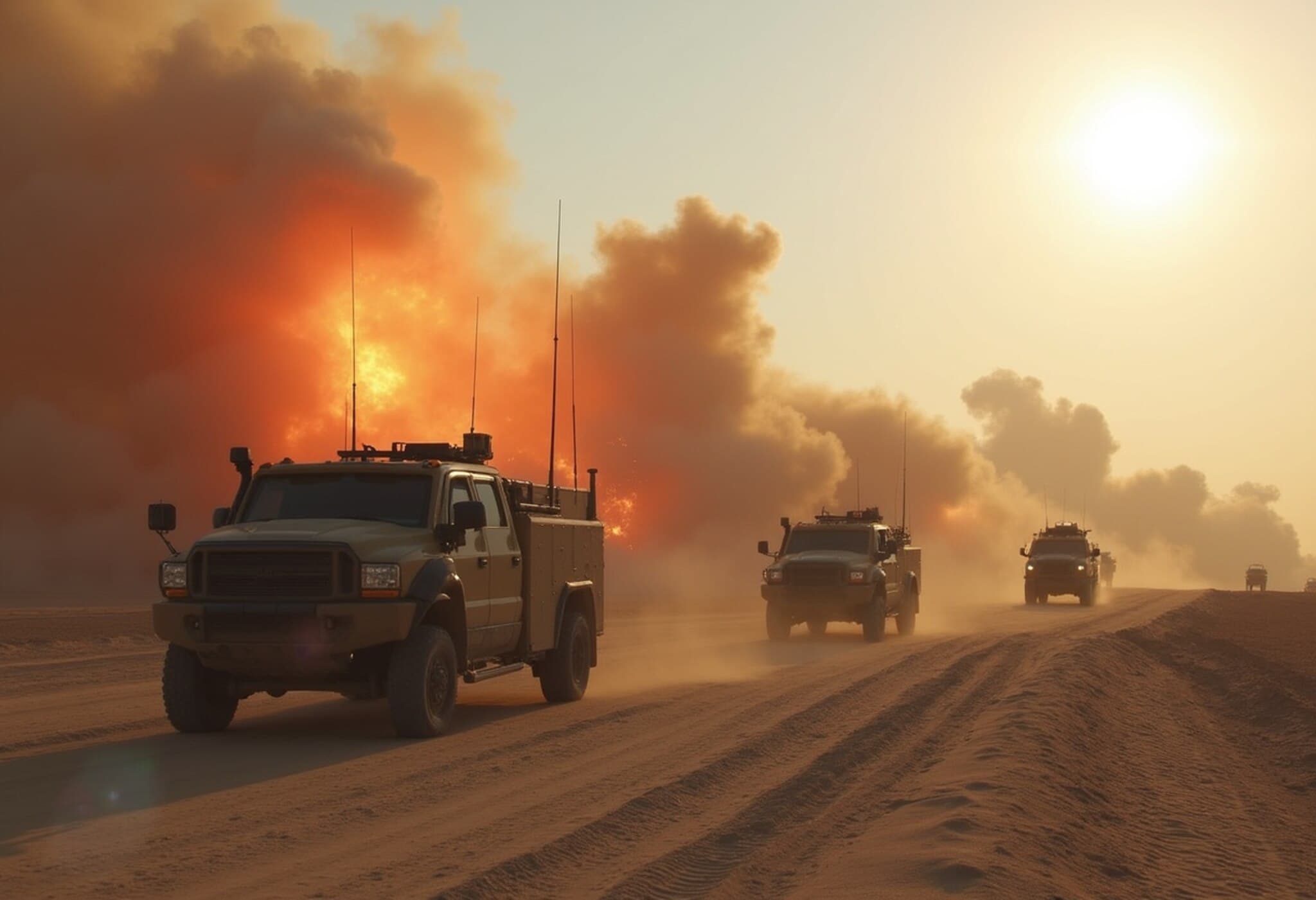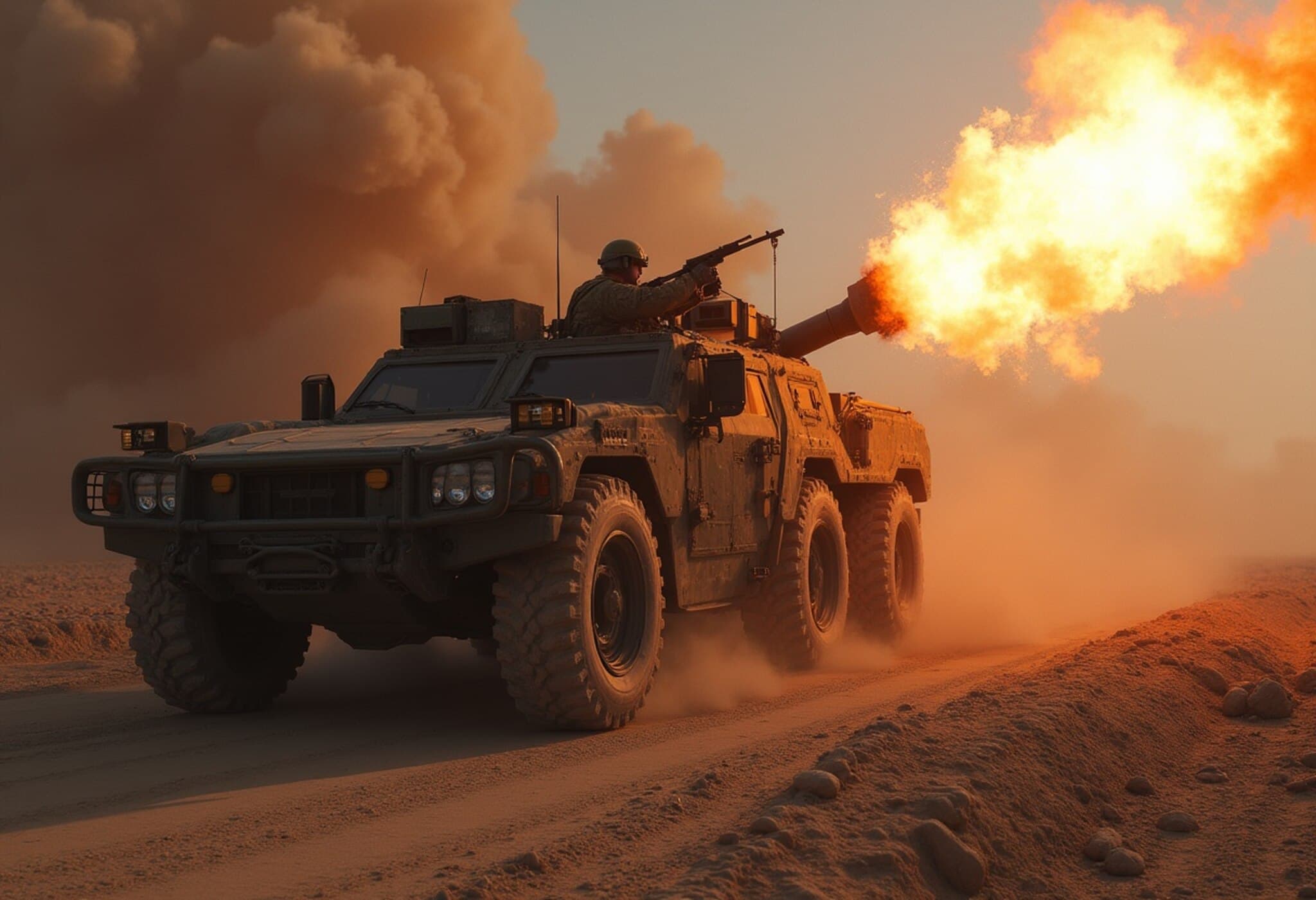Unveiling the Hidden Arsenal Behind US Strikes on Iran's Nuclear Facilities
In a meticulously coordinated operation targeting three Iranian nuclear sites at Fordow, Natanz, and Esfahan, the United States deployed an array of advanced weapons beyond the known Tomahawk cruise missiles and GBU-57 bunker-buster bombs. This covert arsenal played a crucial role in overwhelming Iran’s air defenses and ensuring the success of precision strikes.
Advanced Weapons Bolstering the Strike
AGM-88E Advanced Anti-Radiation Guided Missile (AARGM)
Before the B-2 stealth bombers dropped their payloads, US fighter jets unleashed the AGM-88E AARGM to suppress Iranian radar and surface-to-air missile (SAM) systems. Designed to home in on enemy radar emissions, these supersonic missiles neutralized relocatable air defense targets, allowing the B-2s to conduct their mission largely undetected. Compatible with F/A-18 Super Hornets, F-35As, F-16s, and EA-18 Growlers, the AGM-88E flies at speeds exceeding Mach 2, providing rapid and precise radar suppression.
ADM-160 Miniature Air-Launched Decoy (MALD)
To further confuse and dilute Iran’s Integrated Air Defense Systems (IADS), the US deployed low-cost ADM-160 decoys that mimic the radar signatures of manned aircraft. These miniature air-launched drones served as electronic dummies, drawing enemy fire and radar attention away from the real strike force. Some variants, like the MALD-J, add jamming capabilities, disrupting enemy radar during the mission. Launched from F-16s or B-52s, the decoys operate at altitudes up to 30,000 feet.
AGM-158 Joint Air-to-Surface Standoff Missile (JASSM)
Serving primarily as a backup, AGM-158 JASSMs, stealthy cruise missiles with a range exceeding 500 nautical miles (926 km), were armed on F-35 fighters during the operation. Known for their ability to strike high-value, well-defended targets from safe distances, these missiles feature a 1,000-pound blast-fragmentation warhead. Although not heavily used in this mission, their presence ensured additional strike options if needed.
AGM-154 Joint Standoff Weapon (JSOW)
Raytheon’s JSOW family of glide weapons was also on standby to target Iranian airbase infrastructure should Iran scramble fighter jets in response. Designed to engage from outside the range of hostile air defenses, these medium-range missiles were precautionary measures during the operation but ultimately were not fired.
E/A-18G Growler Electronic Warfare Aircraft
Integral to the success of the mission, the E/A-18G Growler continuously jammed enemy radars along the B-2s’ flight path, disrupting Iranian command and control centers. Equipped to conduct sophisticated electronic warfare, the Growler used its advanced suite to suppress radar systems and target control nodes, protecting the strike package and preserving operational surprise.
Operation Midnight Hammer: Coordination and Precision
The main strike force comprised seven B-2 bombers, each with a two-person crew, taking off from Whiteman Air Force Base in Missouri. They rendezvoused mid-air with tanker aircraft for refueling, then proceeded east toward Iranian territory. This complex choreography involved minimal communication to avoid detection and relied on synchronicity between various assets, including the F-22 Raptors and F-35 Lightning II fighters in the support package.
Just prior to the B-2s entering Iranian airspace, a US submarine launched over two dozen Tomahawk land-attack missiles against critical surface infrastructure, softening the target environment. At precisely 6:40 pm EST (2:10 am Iran time), the lead B-2 dropped two GBU-57 Massive Ordnance Penetrators on Fordow, followed by subsequent bomber drops hitting additional targets, totaling 14 MOP bombs across two nuclear sites. All three nuclear installations were struck within a 25-minute window, underscoring the precision and speed of the operation.
The Element of Surprise and Strategic Impact
US military officials confirmed that Iran’s fighter jets did not sortie during the strikes, and surface-to-air missile systems failed to detect or engage the incoming aircraft. The use of advanced electronic warfare, decoys, and missile suppression tactics ensured that operational secrecy and surprise were maintained throughout.
The operation showcased not only cutting-edge technology but also seamless coordination among multiple branches of US military commands, including Strategic Command, Transportation Command, Cyber Command, Space Command, Space Force, and European Command.
Conclusion
By deploying a diverse range of sophisticated weapons and electronic warfare platforms, the United States effectively overwhelmed Iranian air defenses during the strikes on critical nuclear sites. This blend of stealth, deception, and precision firepower reflects modern warfare’s evolution and highlights the strategic thinking behind the operation.

